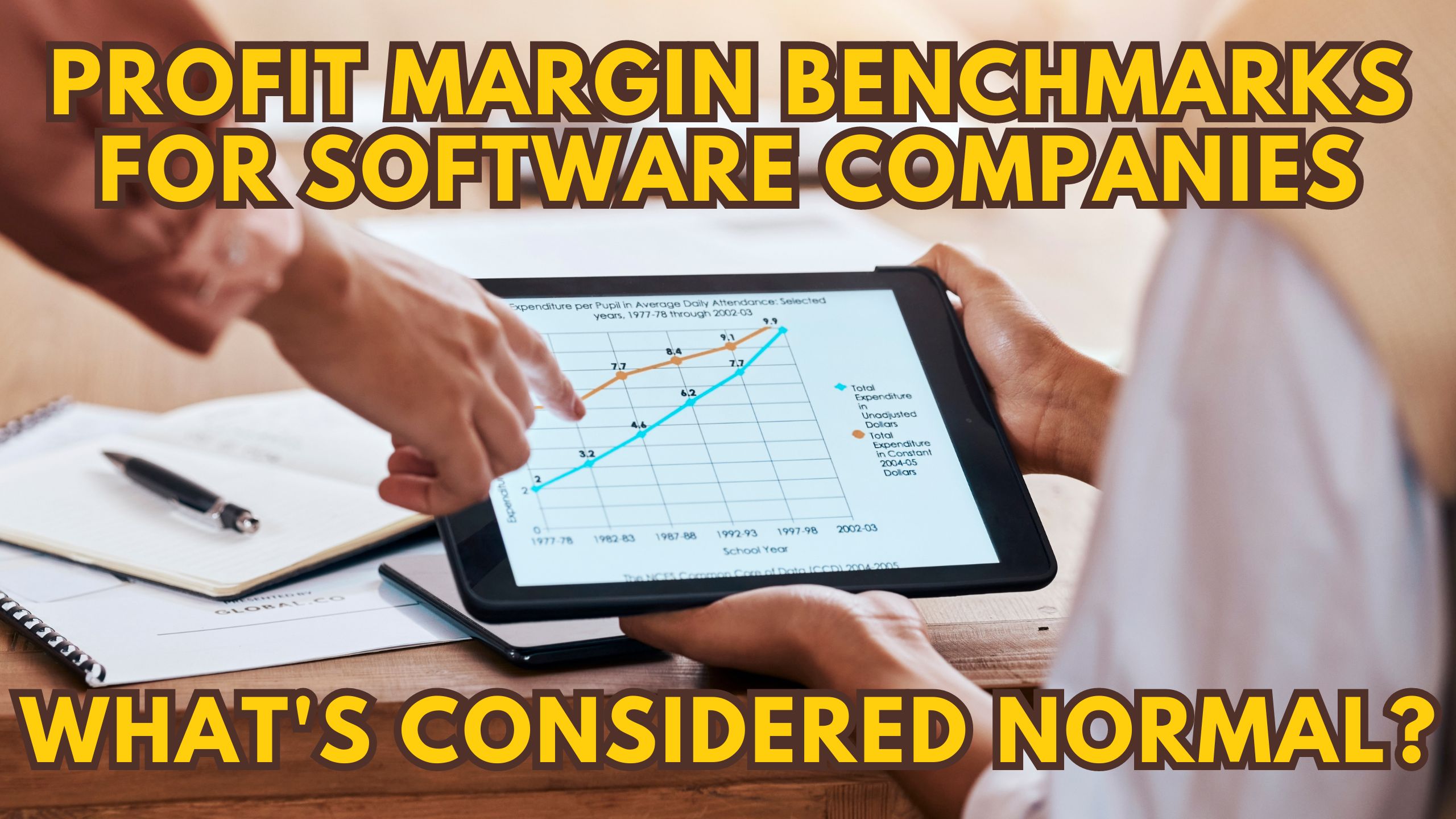Profit Margin Benchmarks for Software Companies: What’s Considered Normal?
- Expense Management Software Credit Cards Investing Business Solutions


Profit Margin Benchmarks for Software Companies: What’s Considered Normal?
Understanding profit margins is crucial for software companies navigating the dynamic landscape of the industry. In this in-depth exploration, we’ll delve into what constitutes a normal profit margin, providing insights for software businesses to gauge their financial health. Additionally, discover essential SaaS tools to optimize your company’s profitability.
Deciphering Normal Profit Margins in the Software Industry
1. Industry Standards
The software industry is diverse, with varying profit margins based on factors like product type, target market, and business model. As a general guideline, healthy profit margins in the software sector often range from 10% to 20%. However, industries such as enterprise software may aim for higher margins, while those in highly competitive markets might settle for lower margins initially to gain market share.
2. Factors Influencing Profit Margins
Profit margins in the software industry are influenced by several factors. Development costs, including research and innovation, play a crucial role. Marketing expenses, customer acquisition costs, and ongoing support and maintenance contribute to the overall cost structure. Effective pricing strategies, economies of scale, and efficient cost management are essential for achieving and maintaining favorable profit margins.
3. Case Studies
Examining case studies of successful software companies provides valuable insights into what constitutes normal profit margins. Companies like Adobe and Microsoft, with diversified product offerings and strong brand presence, often maintain higher profit margins. Understanding their strategies in terms of pricing, marketing, and customer retention can offer valuable lessons for other players in the industry.
4. Adapting to Market Trends
The software industry is dynamic, with constant technological advancements and evolving customer preferences. Adapting to market trends, such as the shift to cloud-based solutions or the rise of subscription models, can impact profit margins positively. Companies that stay ahead of trends and strategically align their products with market demands are better positioned to maintain healthy profit margins.
5. Strategies for Margin Improvement
To improve profit margins, software companies can implement various strategies. Optimizing operational efficiency by streamlining development processes and reducing overhead costs can positively impact margins. Exploring new revenue streams, upselling to existing customers, and implementing effective cross-selling tactics are additional strategies that can contribute to margin improvement.
Relevant SaaS Products for Profit Optimization
- ProfitWell: Gain insights into your subscription business with ProfitWell, offering metrics and analytics to optimize pricing strategies and maximize profits.
- Chargebee: Automate subscription billing and revenue operations with Chargebee, streamlining processes for improved financial efficiency.
- CleverTap: Elevate your marketing strategy with CleverTap’s customer engagement platform, enhancing user retention and contributing to overall profitability.
- Pendo: Improve product adoption and user experience with Pendo, ultimately impacting customer satisfaction and, consequently, your company’s bottom line.
- Gainsight: Drive customer success and retention with Gainsight, fostering long-term relationships that positively influence your software company’s profitability.
Conclusion
Navigating the intricacies of profit margins in the software industry requires a nuanced approach. By understanding industry benchmarks, adapting to market trends, and employing effective strategies, software companies can achieve and maintain healthy profit margins.
Unlock Exclusive SaaS Deals with Subscribed.fyi!
Elevate your software company’s profitability with Subscribed.fyi! Sign up for free today to access secret deals on 100+ SaaS tools, unlocking savings of $100,000+ per year. Your pathway to optimized financial management awaits—join now!
Relevant Links:





